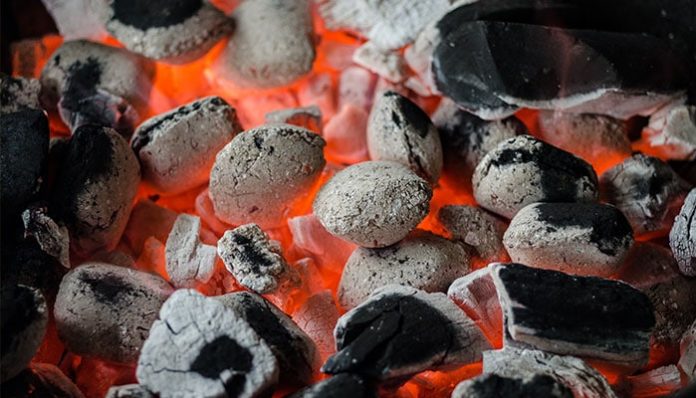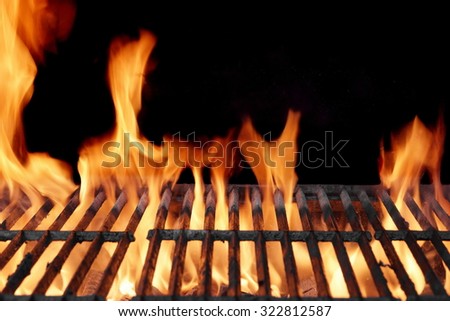How Keep Bbq From Flaming Up
Posted : admin On 10.10.2019To use a charcoal smoker, start by heating charcoal in a chimney for 15 minutes. Once the charcoal is hot, add it to a pile of unheated coals in the smoker. Keep the coals contained to one side by surrounding it with wood chips like oak or apple, which will cook the meat with indirect heat and smoke.
Jul 14, 2015 This has happened to me twice in two seperate campaigns. After around the third king, the vast majority of my family tree suddenly vanishes from the window. All that is left is the current (third) king and his direct ancestry. The rest of the the members of the family tree are still there because I can still assign them to be generals and governors, but since they are not on the family tree. Total war attila family tree. The return of the family tree. I'm proud to present the Ancient Empires overhaul for Attila with a Grand Campaign that begins in 202 BC just prior to the climax of the Second Punic War at Zama. Feb 18, 2015 Politics in Attila is still as complicated as it was in Rome 2. This guide will not make you a political hero, but it will let you understand how it works and how to control it in the best way possibl. Total War: ATTILA Guides Meneer Banaan's Guides. Families: All the characters in the family tree (in the middle of the political. Against a darkening background of famine, disease and war, a new power is rising in the great steppes of the East. With a million horsemen at his back, the ultimate warrior king approaches, and his sights are set on Rome The next instalment in the multi award-winning PC series that combines turn-based strategy with real-time tactics. Instead, they were shown as grown ups as if it intended to bypass the family tree mechanic. If the family tree mechanic is in place, they should not be available until maturity. Any characters can be faction heir. No mention of adoption nor family tree. Hence, why I am sceptical until I see some official written or oral confirmation.
Set up a 2-Zone GrillUnlike smokers, charcoal grills need a special set-up to create the low cooking temperatures that create true barbecue. Luckily, is simple to do: When transferring lit coals into the grill, pile them on one side of the grill only. After setting up the top grill grates, you'll place your food on the opposite side of the grill, where it'll slow-cook through indirect heat, keeping the grill covered to maintain an even, low temperature. Adjust the vent as neededBBQ expert Meathead Goldwyn suggests leaving the exhaust damper open all the way throughout the grilling process, and controlling the temperature by adjusting the intake damper. As he points out on his, 'Playing with both vents at once is like trying to control the speed of your car by using both the gas pedal and the brake at once.' First, take a reading on your thermometer about 5 minutes after adding the lit charcoals to one side of the grill. If the temperature has exceeded that 225°F sweet spot (and it probably has), it's time to partially close the intake damper, reducing the amount of oxygen and tamping down the heat of the grill.
Every 5 minutes, check on the temperature and take note of where it stabilizes. Open up the intake damper a bit. Too high, close the intake damper a bit more.

Soon, you'll discover the ideal range of notches on your intake damper that reliably deliver 225°F under most circumstances. Monitor the fuelAfter a few hours, the temperature will probably lower than 225°F as your charcoal burns down, even when you open up the intake damper a bit more to compensate. Now's the time to replenish the fuel a bit. You have two options. Light 8 to 10 charcoal briquets in your chimney until ashed over and add them to the already lit coals in the grill;OR add 8 to 10 unlit briquets to the already lit coals.
Adding unlit coals is certainly easier, but 'they produce a lot of smoke and they build in temperature as they ignite, raising the temperature in the cooking area. You will probably need to throttle back on the intake as the coals become fully engaged,'.So much of the fun of using your grill lies in getting a feel for your own grill—and devouring your very own barbecued meat in the process.

Get out there and see what works best for you—and for.
How Keep Bbq From Flaming Up On Guitar
Set Yourself Up For SuccessSet up your grill for a. Starting the chicken over indirect heat will give it ample time to cook through before the surface burns or dries out. Transferring the meat to the hot side at the end of cooking will turn the sauce into a glaze that essentially shellacks the surface, providing deep flavor and a smoky char. Get Your Ducks (Or, Um, Chickens) In A RowBone-in, skin-on, dark meat is best for grilling, but if you're cooking a whole chicken, cut it into 10 pieces (wings, drumsticks, thighs, and each breast cut in half) before putting it on the grill. This will give you freedom to move pieces around as they cook either faster or slower than other pieces. As for the sauce, start with the best store-bought bottle you can find. If you like, —or better yet,.

When it’s the primary flavor of what you’re cooking, the sauce needs to be great. And you don't have to limit yourself to barbecue sauce—nail down the proper chicken-grilling technique (more on that in a minute), and you can dress the chicken with any flavorful sauce: sweet-and-sour, honey-mustard, apricot jam, let your imagination run wild!Once you have the sauce squared away, set aside at least 1 cup for serving, then keep the rest of it to the side.
There’s no need to marinate the chicken in the sauce ahead of time—in fact, you want to wait until the chicken is almost cooked through before brushing it with sauce, as the sugars in the sauce can (and probably will) burn on the grill before the chicken is finished cooking. Instead, just pat the chicken dry. Don't Sauce Early, But Do Sauce OftenOnce you're ready to start grilling, have everything you need at the ready—no running back inside to scout out the basting brush!You'll need the chicken, the sauce for basting (again, keep the reserved serving sauce separate), tongs to move the chicken pieces around, to check its temperature, and that basting brush.Set each unadorned, un-sauced, patted-dry chicken piece skin-side down over indirect heat and wait. After about 10 minutes, flip them and wait some more.Once each piece reaches 155ºF to 165ºF, use your brush to slather it with sauce and transfer it to the hot side.
Continue to slick each piece with more barbecue sauce every 30 to 60 seconds until the chicken is thoroughly glazed and the sauce has darkened slightly (about 3 to 5 minutes). The finished chicken should be brick-red, with a few char marks, and should reach at least 165ºF when tested with a thermometer.When you're ready to serve, put the reserved sauce on the table—warmed up if it's been chilled—and get ready to sink your teeth into juicy, flavorful chicken, with just enough char to remind you that it's summer.